Tag: study
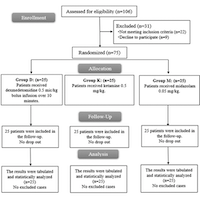
Safety and efficacy of dexmedetomidine vs ketamine vs midazolam combined with propofol in gastrointestinal endoscopy for cancer patients
In cancer patients who underwent GI endoscopy, dexmedetomidine-propofol and ketamine-propofol had better sedation efficacy [lower achievement time of RSS 3–4, total propofol dose, and eye-opening time] compared to midazolam-propofol... read more

Dexmedetomidine for EOL Sedation
This study demonstrates a reduction in breakthrough medication requirements, particularly benzodiazepines, for patients sedated with dexmedetomidine at end of life (EOL). The dexmedetomidine cohort required less breakthrough... read more

Severe Hypertriglyceridemia: A 10-Year Review
This study shows the morbidity profile associated with severe hypertriglyceridemia (SHTG), with a high level of ICU admissions and also a high level of the use of plasmapheresis. In our population, this approach had good... read more
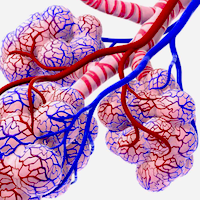
Mild Hypercapnia or Normocapnia after OHCA
In patients with coma who were resuscitated after out-of-hospital cardiac arrest (OHCA), targeted mild hypercapnia did not lead to better neurologic outcomes at 6 months than targeted normocapnia. A total of 1,700 patients... read more
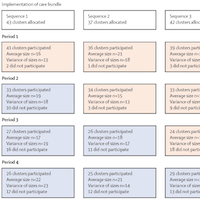
Early Control of Elevated Blood Pressure – INTERACT3
Early control of elevated blood pressure is the most promising treatment for acute intracerebral hemorrhage. We aimed to establish whether implementing a goal-directed care bundle incorporating protocols for early intensive... read more

Pulmonary Artery Catheter Use and Mortality in the Cardiac ICU
The appropriate use of pulmonary artery catheters (PACs) in critically ill cardiac patients remains debated. There is wide variation in the use of PACs that is not fully explained by patient level-factors and appears driven... read more

Checklists and Consistency of Care After Resuscitation From IHCA
In-hospital cardiac arrest (IHCA) with the return of spontaneous circulation (ROSC) is a clinical scenario associated with potentially devastating outcomes. Our study demonstrated improved consistency in completing post-ROSC... read more
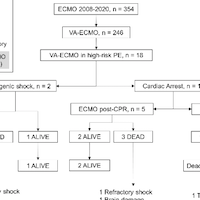
VA-ECMO in High-Risk Pulmonary Embolism
High-risk Pulmonary Embolism (PE) has an ominous prognosis and requires emergent reperfusion therapy, primarily systemic thrombolysis (ST). In deteriorating patients or with contraindications to ST, Veno-Arterial Extracorporeal... read more
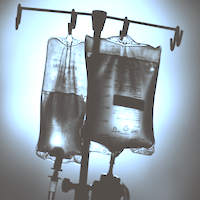
Multiple Electrolytes Solution vs. Saline as Bolus Fluid for Pediatric Septic Shock Resuscitation
Among children presenting with septic shock, fluid resuscitation with MES (balanced crystalloid) as compared with 0.9% saline resulted in a significantly lower incidence of new and/or progressive AKI during the first 7 days... read more

Acute Kidney Injury in ICU Patients
Patients admitted to the intensive care unit are prone to various complications, one of which is acute kidney injury (AKI). The etiology of acute kidney injury can be multifactorial. Among the various causes, sepsis remains... read more
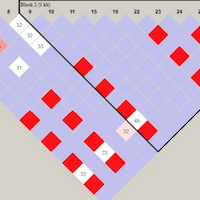
Angiotensin-converting Enzyme 2 Polymorphisms and Susceptibility of Severe COVID-19
Science is digging for the varied presentation of COVID-19 patients exposed to the same risk factors, and medical conditions may be influenced by the presence of polymorphic genetic variants. This study investigated the link... read more

Balloon-Blowing Exercise Effect on Oxygen Saturation in COVID-19 Patients
Balloon therapy is an empirical example that patients with respiratory tract diseases can use to improve their daily care. The diaphragm and ribs are expanded and raised by the intercostal muscles, which are activated during... read more

Oxygen Support Needs in Children with RSV vs. COVID-19
Children with respiratory syncytial virus (RSV) had a higher risk of pneumonia, bronchiolitis, and a hospital stay of more than 4 days vs children with COVID-19 or influenza. Investigators compared demographic and clinical... read more

Risk Factor for Superimposed Nosocomial BSI in Hospitalized COVID-19 Patients
Unmodified risk variables for nosocomial bloodstream infections (BSIs) included male sex and leukocytosis at admission. Using methylprednisolone and obtaining a cumulative dosage of dexamethasone were adjusted risk variables... read more




